…NPA MD urges terminal operators’ investments in port facility
The Managing Director of Nigerian Ports Authority (NPA), Hadiza Bala Usman, has inaugurated two new multi-million dollars state-of-the-art Mobile Harbor Cranes (MHCs) at Apapa Ports, Lagos, with a call on terminal operators at the nation’s seaports upscale investing on facility upgrade to ensure swift trade facilitation.
The Mobile Harbor Cranes were acquired by a leading global terminal operator, APM Terminals, to boost service delivery at the port.
The terminal will now operate with a total of 10 Mobile Harbour Cranes, 23 Rubber-Tyred Gantry Cranes, six Empty Handler, 48 specialised Truck Terminals, and six Reach Stackers and 11 Forklifts.
The new cranes were acquired as part of APM Terminals’ additional investment of $80 million (N33.6billion) for the year 2020-2021, bringing the total investment by the company in Apapa since 2006 to $438million (about N184billion), which is the highest by any private terminal operator in Nigeria.
APM Terminals, which is located in the nation’s premiere seaport at the heart of Nigeria’s commercial hub, Lagos, is the biggest container terminal in West Africa and the best equipped port terminal in Nigeria.
Bala-Usman, while lauding the management of APM Terminals for acquiring the cranes, said the ports were concession by the Federal Government to improve port efficiency and free government resources for other developmental purposes.

According to her, cargo volumes at the port have witnessed a steady rise due to favourable government policies.
NPA, she said had continued to engage with private terminal operators at the port to rise up to the challenge of the increased cargo traffic.
“NPA’s engagement with the operators is yielding tangible results as evidenced by the commissioning of the two new Mobile Harbor Cranes, among others as the ports have become more efficient.
“We are engaging with the Nigeria Customs Service to remove overtime containers from the port to free vital space for incoming cargo.
“We are also working with terminal operators to increase the barging of containers to take pressure off the roads. We have noted a significant growth in barging capacity and operations with more containers moved daily by barges from the port,” the NPA MD said.
Earlier, the Head of Terminals, Africa and Middle East region of APM Terminals, Mr David Skov, disclosed that the company had invested $358million (N150.36billion) in port infrastructure development, information technology upgrades and modern cargo handling equipment to improve both quayside and landside operations.
“The additional investment we are making is to handle the increased trade volumes into Nigeria. Trade in Nigeria is growing due to the many favorable efforts and policies of the Federal government of Nigeria including but not limited to the policy on ease of doing business; stabilization of foreign exchange; closure of the land borders which has increased the use of our sea ports; and diversification of the economy.
“The additional investments will create capacity to handle the growth in the economy to support the Federal government’s efforts on trade growth and improve service delivery across the logistic chain in Nigeria,” he said.
Among the dignitaries at the occasion were the Managing Director, APM Terminals Apapa, Mr Martin Jacob, Executive Director, Marine and Operations of NPA, Mr Onari Brown, the General Manager Marine and Operations, Captain Jerome Anyugwe and the General Manager Monitoring and RegulatoryService, Mrs Ugo Madubuike.
Others were NPA General Manager, Security, Surveyor Omotesho, Port Manager, Lagos Port Complex Apapa, Mrs Olufunmilayo Olotu and the Port Manager, Tin Can Island Port, Mr Garba Umar.
Persecondnews recalls that following ports concession by the ex-President Olusegun Obasanjo administration, APM Terminals Apapa took over operation of the Apapa container terminal in 2006.
The company has invested heavily on infrastructure, container handling equipment, yard expansion, modernisation of the terminals’ IT hardware and software systems, and development of additional capacity, resulting in significant improvements in productivity, reduction in vessel waiting time and a doubling of container volumes at the port.


















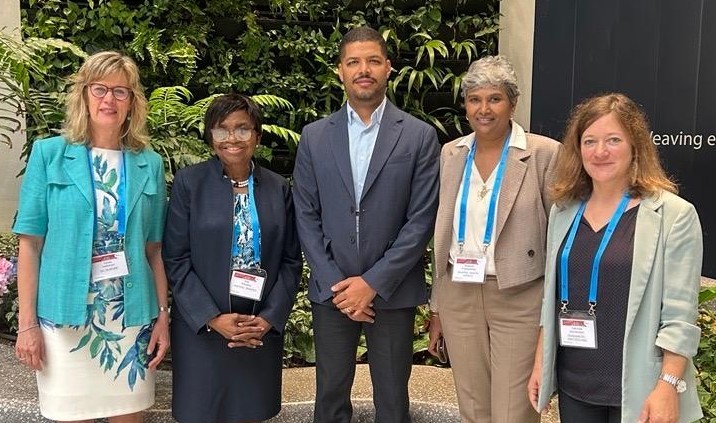






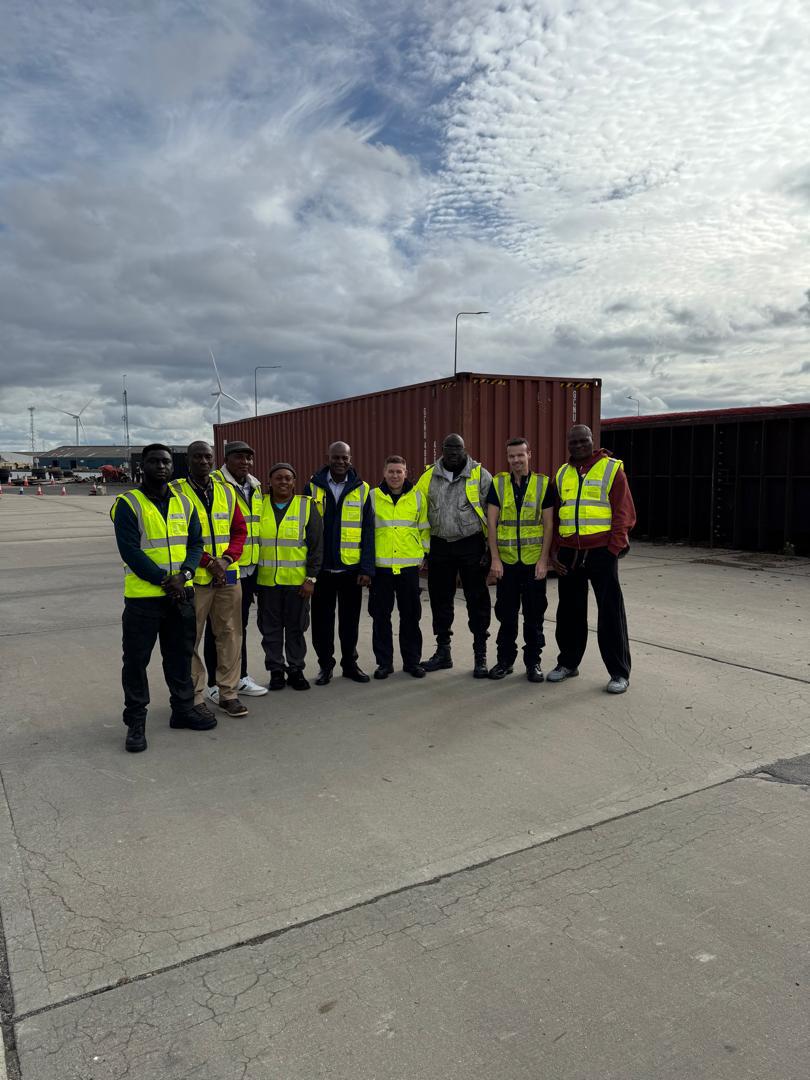

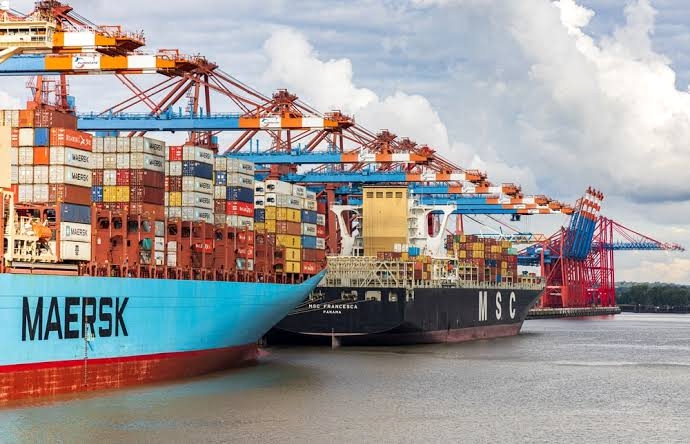

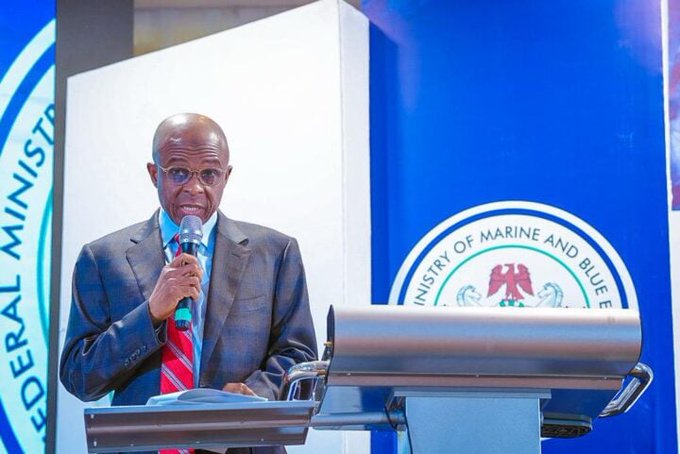



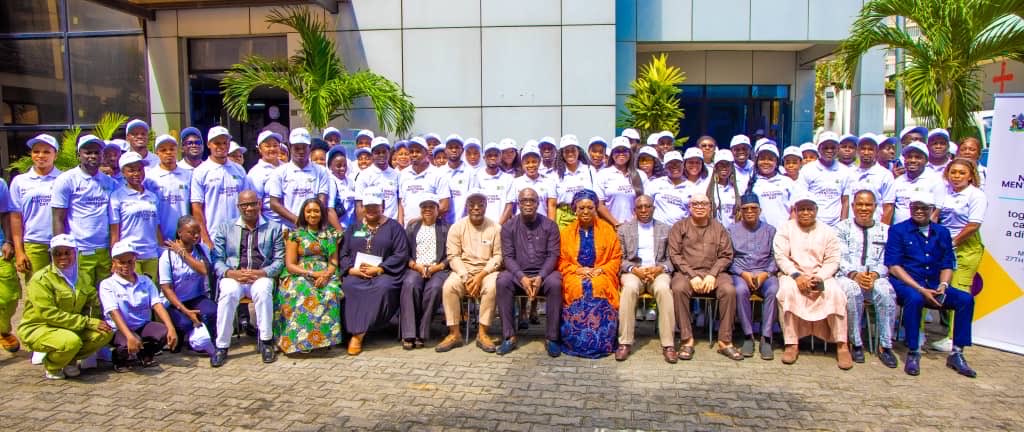


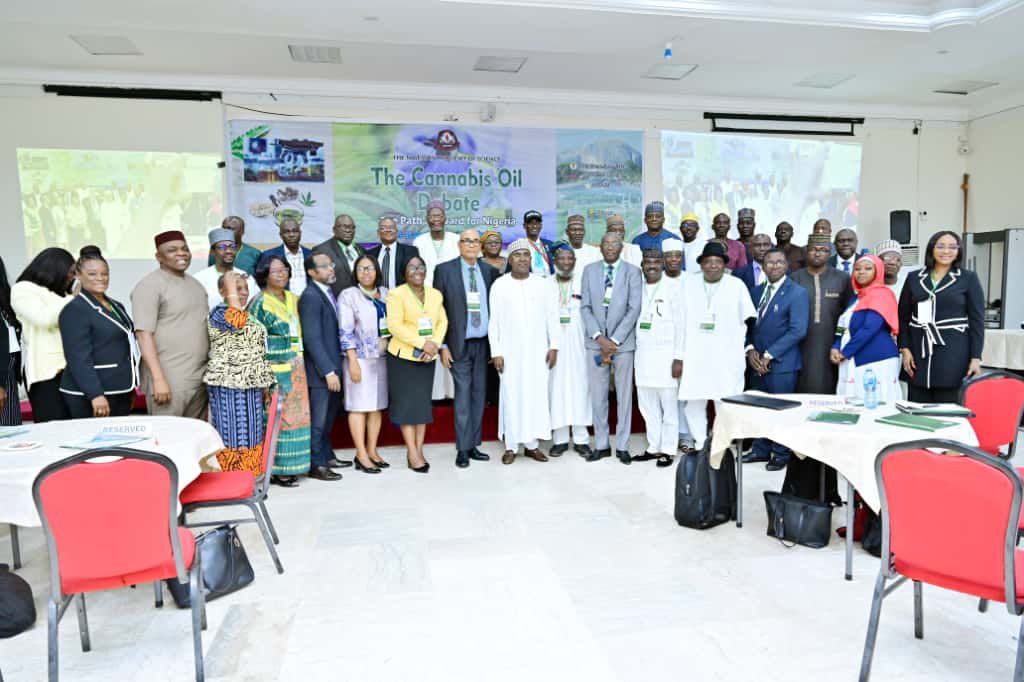
Leave a comment